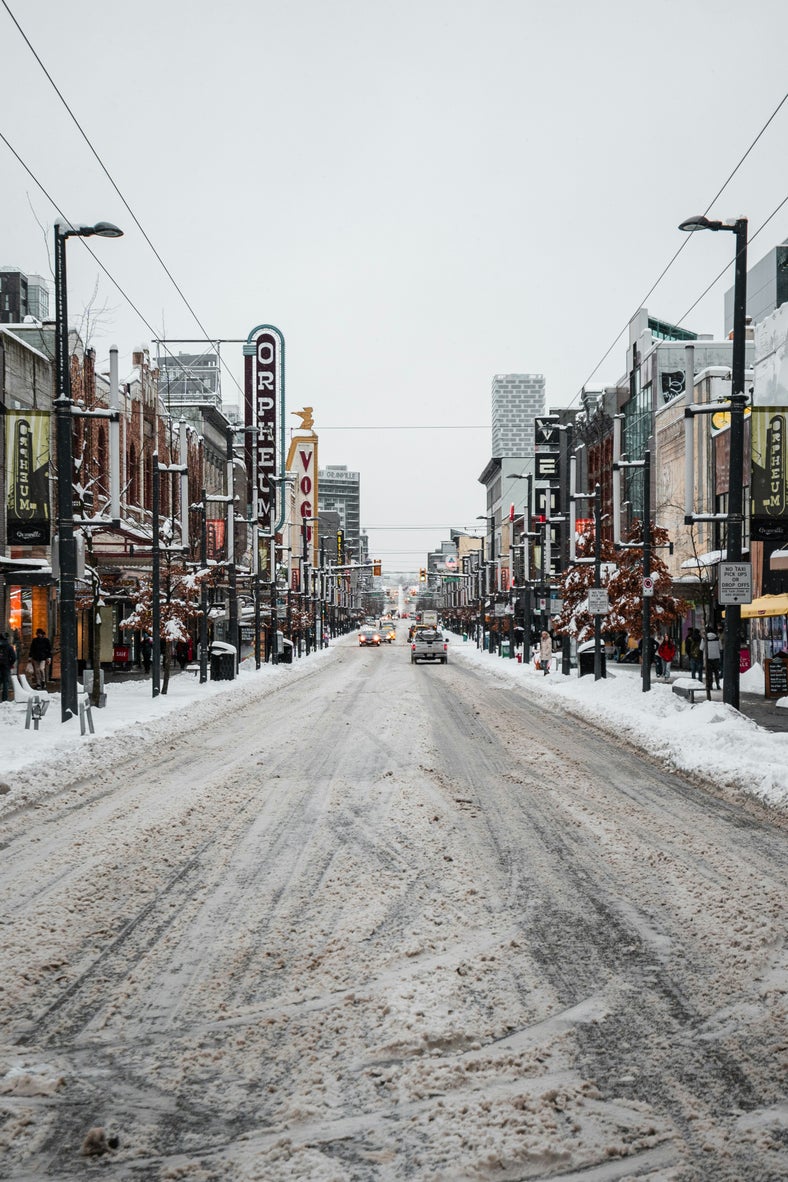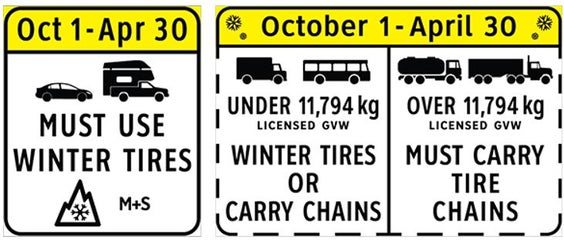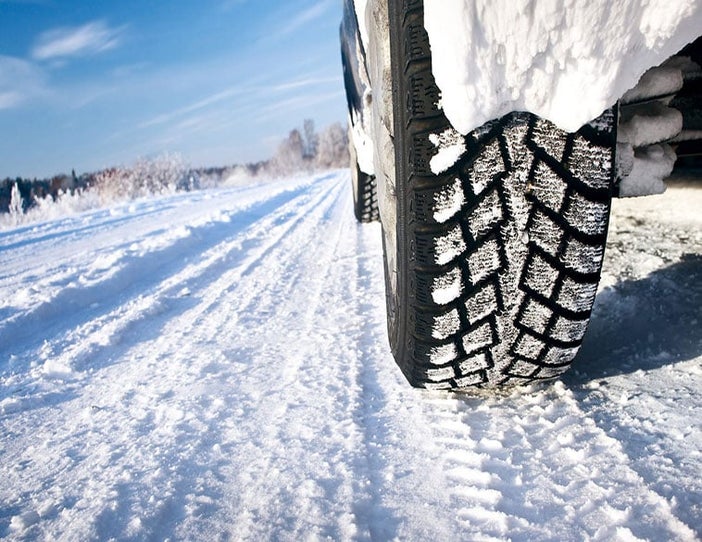 As the crisp air of autumn sets in around the Lower Mainland, many homeowners begin thinking about heating, insulation and prepping the home for colder months. But if you live in or around the Vancouver area, one of the most important seasonal tasks often takes place outdoors: prepping your vehicle for winter. In British Columbia, changing to the correct winter-rated tires at the right time isn’t just a smart safety move—it’s also about meeting legal requirements and avoiding costly disruptions.
As the crisp air of autumn sets in around the Lower Mainland, many homeowners begin thinking about heating, insulation and prepping the home for colder months. But if you live in or around the Vancouver area, one of the most important seasonal tasks often takes place outdoors: prepping your vehicle for winter. In British Columbia, changing to the correct winter-rated tires at the right time isn’t just a smart safety move—it’s also about meeting legal requirements and avoiding costly disruptions.Why the timing of change tires matters
In BC, many highways are designated as winter tire and chain-up routes, roads where drivers must be properly equipped for cold, snow or icy conditions. Most routes require winter tires or chains from October 1 to April 30, for example, the Sea to Sky Highway that takes you from Vancouver to Whistler. For some less-snow-prone highways, the ending date is March 31.
 Because conditions can change quickly (especially in mountain passes or when driving outside the Vancouver core) switching at an appropriate time helps avoid being caught unprepared when snow, ice or freezing temperatures hit.
Because conditions can change quickly (especially in mountain passes or when driving outside the Vancouver core) switching at an appropriate time helps avoid being caught unprepared when snow, ice or freezing temperatures hit.What counts as “winter tires”?
- Must be labelled with either the letters “M+S” (for Mud and Snow) or the “three-peaked mountain and snowflake” symbol in order to qualify as a legal winter tire.
- The tire must have a minimum tread depth of 3.5 mm across its surface to qualify.
- While M+S-labelled tires meet the minimum standard, safety experts strongly recommend using mountain/snowflake-symbol tires if you regularly drive in cold, snowy or icy conditions, because they are specifically designed for winter traction.
How to change your tires
First, check that your existing tires are labelled correctly with M+S or the mountain/snowflake symbol and meet the tread-depth requirement. If they don't, plan for new tires. Many drivers opt for four matching tires (same size, tread pattern and age) to maintain stability and performance, especially in vehicles with all-wheel drive.
During the installation, check tire pressure after the change. Cold temperatures reduce tire pressure, which can reduce traction and increase wear.
 If you’re a homeowner in Vancouver, think of it like home-maintenance: you wouldn’t leave your furnace unchecked or your windows un-weather-sealed before winter, so don’t neglect the vehicle that helps you manage showings, errands, weekend drives or travel to nearby mountain retreats. A proper tire change helps you stay ready and flexible. When you’re fully prepared for winter conditions, you’re free to respond quickly to opportunities: whether that’s attending urgent home-viewings, driving through neighbourhoods or making spontaneous appointments. Being vehicle-ready means you’re life and market-ready.
If you’re a homeowner in Vancouver, think of it like home-maintenance: you wouldn’t leave your furnace unchecked or your windows un-weather-sealed before winter, so don’t neglect the vehicle that helps you manage showings, errands, weekend drives or travel to nearby mountain retreats. A proper tire change helps you stay ready and flexible. When you’re fully prepared for winter conditions, you’re free to respond quickly to opportunities: whether that’s attending urgent home-viewings, driving through neighbourhoods or making spontaneous appointments. Being vehicle-ready means you’re life and market-ready.I’d love to keep you in the loop all year long with my monthly e-newsletter, packed not only with market insights and neighbourhood stories but also lifestyle tips like this one. Let’s connect and make sure you're ready for whatever opportunities the year ahead brings.